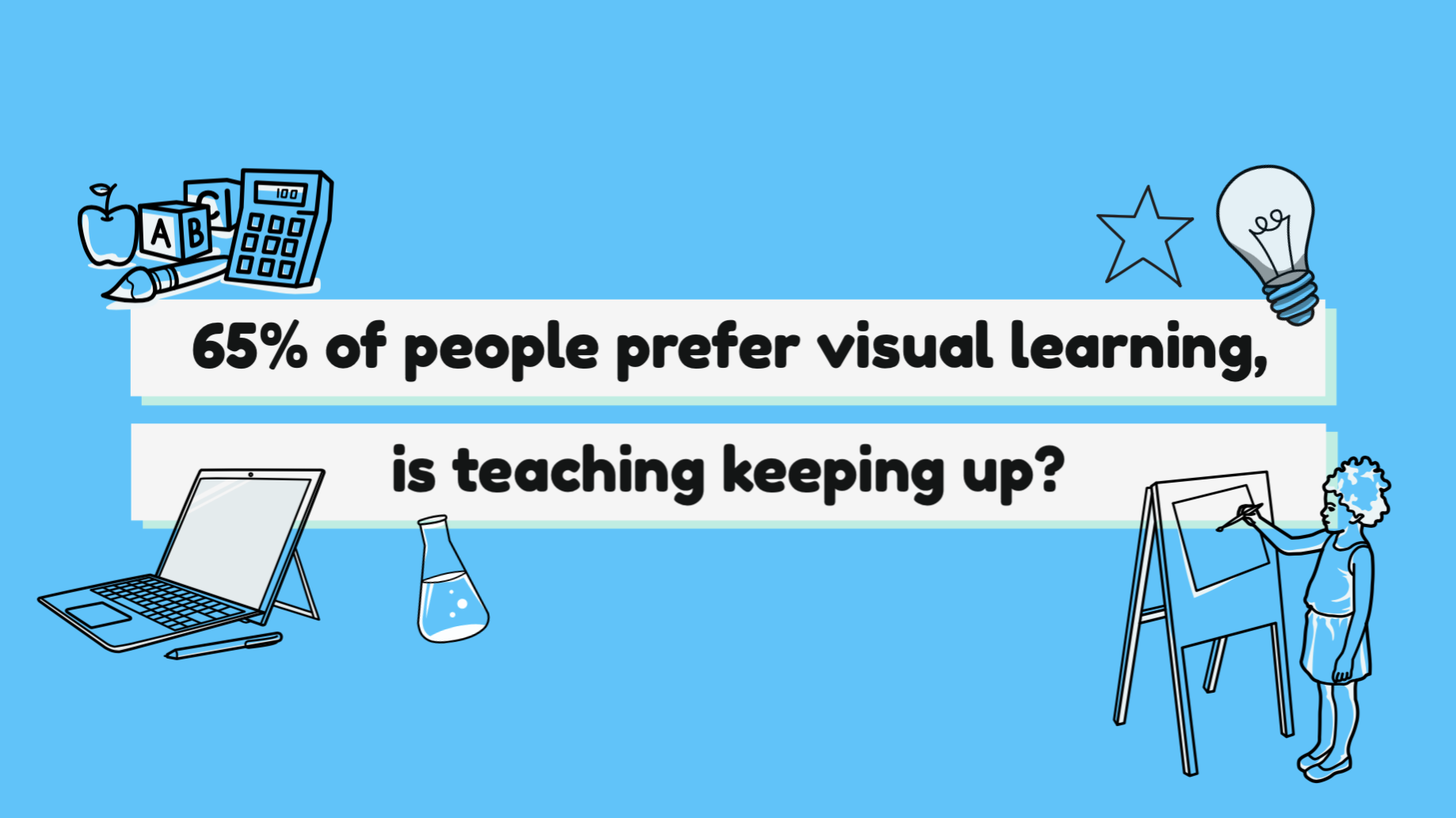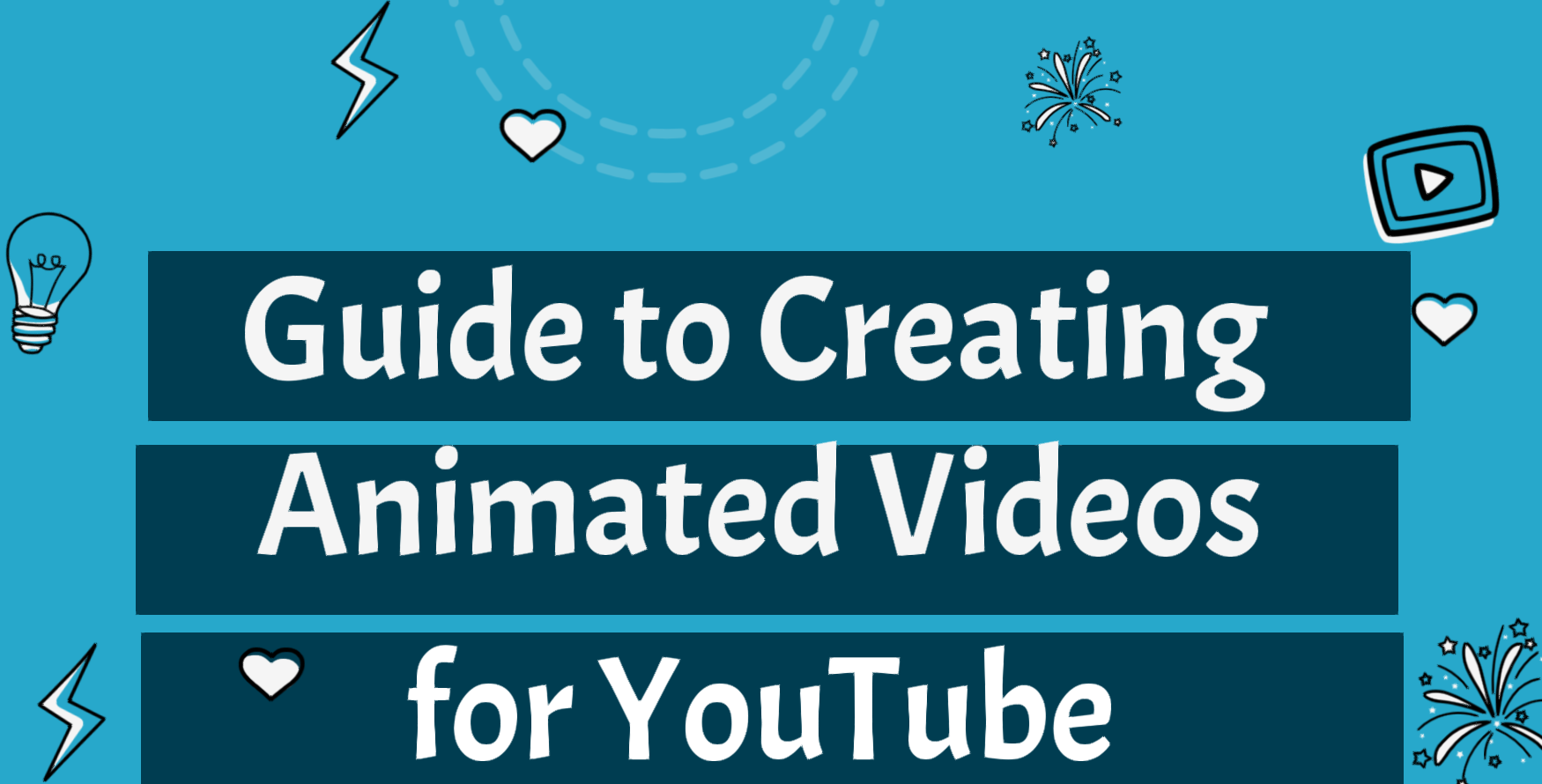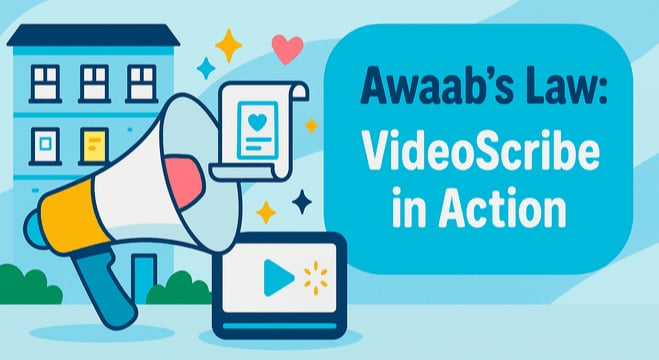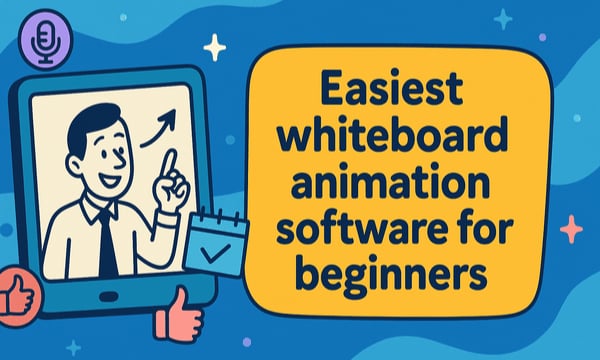While we love sharing our tips and tricks for creating killer animations, it's even better to hear tried and tested advice from other VideoScribers. Especially when the tips come from award-winning video creators with animations watched by millions of people around the world!
So drum roll please...🥁 Here are 10 top tips from 10 different VideoScribers achieving incredible results with animation 👇
Tip 1: Never underestimate the power of storytelling... and have fun!
It’s all about the story. If you don’t have a compelling script, nothing else matters. Layering pretty pictures and animation on a bad script is like putting lipstick on a pig.
Second, have fun! A little playfulness is an essential ingredient of creativity. When you have fun creating a video it comes through in the final product. The video you produce will likely be more engaging as a result.
Carole Alalouf - Exaltus Founder and VideoScribe Awards Winner
Tip 2: Get to the heart of your message
Think about the message you want to get across first, and if you need to, storyboard it. I’ve got good experience writing and editing in long-form texts, but short messages like videos need you to really distil and simplify your message – else it will either get lost, or ignored in the sea of other social media/videos.
Chris Rimell - VideoScribe Awards Winner
Tip 3: Set the right foundation with a storyboard
For me, storyboarding is the key to an effective animation. My tips are:
- Identify a champion/expert who’s proficient in animation who can work with individual storytellers on using VideoScribe.
- Use storyboards to design the animation experience, with one concise point per animated scene.
- As with all other video storytelling, write to the visuals! Our process is: 1) decide our key points, 2) create animated scenes for each point, 3) edit our copy to sync with the scene.
- Keep it concise. While there are examples of excellent 2-4 minute explainers, we generally keep our animations to a maximum of one minute to ensure we can sustain storytelling quality.
Frank Mungeam - Local Media Association
Tip 4: Keep your audience in mind
Experts are often so comfortable within their own sphere that they're blind to what people outside can or can't understand. They use complex words and assume bits of knowledge. You have to develop a constant internal filter system at every stage that considers whether the audience has sufficient prior understanding to make sense of what’s being said.
This might mean you have to add that missing piece - or that you might query whether all the details that the expert is proposing to include are really essential to the key message. For example, lengthy details about a surgical procedure could instead be encapsulated by the words ‘in surgery this is repaired’ and a simple ‘thumbs up’ graphic inserted on screen.
Vicki Martin - Scientific Communicator
Tip 5: Make the animations work for you
My main three tips would be:
- Be confident in your animations. There may not be an image for every single thing you want to say but by using multiple similar pictures, you often can still make the point.
- Whilst creating your videos, regularly watch them back to ensure you’re on the right lines. We all lead busy lives. You don’t want to waste time going back on things that could have been rectified much earlier.
- Make the animations WORK FOR YOU. If you need to explain a tricky concept then go for it! Don’t try and oversimplify it. Have faith that the combination of your voice and animations will make the concept easier to understand.
Christian Weaver - The Law in 60 Seconds
Tip 6: Timing is key
My advice is really in the timing of your video. You need to connect what you're teaching to what kids already know. Then, you have to provide guided explanations, and 'wait time'. You can’t just throw information out there and expect children (or adults for that matter) to understand.
You have to provide learning opportunities, make connections, and give them a part to play within the experience to engage them within the video and audio being presented to them. They shouldn’t just be 'watching' your video, they should be immersed within the educational experience you're providing for them.
Melissa Kaye Corbett - GrammarSongs
Tip 7: Trial and error can be your best friend
My single biggest piece of advice would be to not worry about making mistakes. My videos have involved lots of trial and error. Bruce Lee once said “Adapt what is useful, reject what is useless, and add what is specifically your own.” This is highly relevant for starting a YouTube channel. Watch other videos, make notes on which bits you like and ignore the parts you don’t. Add your own personal comments and views, then use VideoScribe to bring your notes to life in your own style!
Also, don’t be afraid to share your work and go that little extra mile. People like to share their own work, so if your videos can build on what other people have done, they’ll be far more likely to share it with the world for you.
Adam Holownia - The Art of Improvement
Tip 8: Get creative with animation effects
I also recommend this trick - use other videos as your background (imagine you already have a video and you want to add a VideoScribe animation over it). Just choose a background color in VideoScribe (i.e. the typical “green screen” #00ff00), export the file, and with an editor program (Adobe Premiere, Final Cut…) apply the Ultra Key effect selecting the previous green color. There you have it!
To learn more about how to achieve this green screen effect, check out out blog on it here.

Tíndaro del Val - Truco & Educo
Tip 9: Short and sweet is often best
- Develop a clear goal for the video, keep it simple, and make sure that each video clip and page supports the goal.
- Keep it brief (no more than 5 minutes max for my videos).
- Minimize the use of text. Use animations, photos and images to maintain interest.
- Provide opportunities for active listening and response to questions.
- Be authentic, be yourself and relatable.
- Use humor as a powerful teaching tool to encourage interest and to create a connection with the students.
John Namkung - Volunteer and Educator
Tip 10: Just do it!
The best advice I would give for making effective educational videos is that practice makes perfect and to just give it a go. It can be quite daunting and fiddly at first but you get used to it with time. If there is a fear of creating voice-overs (I disliked it at first because I don’t like the sound of my own voice), maybe focus on text-only videos with music and then build yourself up to record voice-overs.
Which is your favorite tip? Let us know in the comments!
To get started creating your own animated videos and put these tips into practice, start a free 7-day trial of VideoScribe👇












.png)



![How to create animation magic [3-part guide to video success]](https://blog.videoscribe.co/hubfs/How%20to%20create%20animation%20magic%20guide%20VideoScribe.png)






COMMENTS